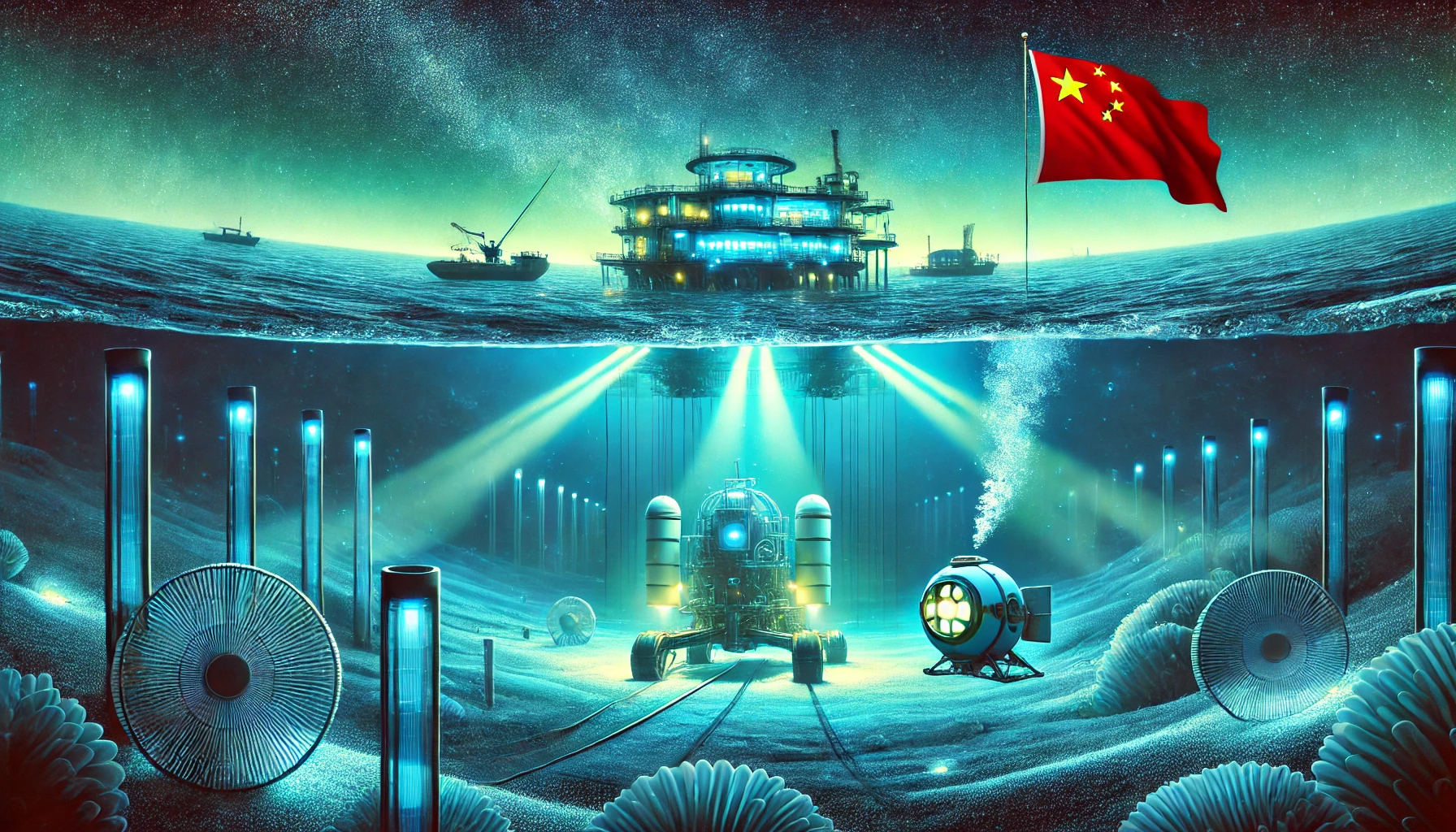China has announced plans to construct a pioneering deep-sea research facility in the South China Sea, aiming to explore and study the region’s abundant methane hydrate reserves. This ambitious project, often referred to as a “deep-sea space station,” is set to be operational by 2030. The facility will be situated approximately 2,000 meters (6,560 feet) below the ocean’s surface and will accommodate up to six scientists for month-long missions.
Focus on Cold Seep Ecosystems
The primary objective of this underwater station is to investigate “cold seep” ecosystems—areas where methane-rich fluids seep from the seabed, creating unique habitats teeming with life. These ecosystems are of particular interest due to their vast deposits of methane hydrates, also known as “flammable ice,” which represent a significant potential energy source.
Strategic and Resource Implications
The South China Sea is estimated to contain around 70 billion tonnes of methane hydrates, nearly half of China’s known oil-and-gas reserves. Beyond energy exploration, the establishment of this facility could bolster China’s territorial claims in the resource-rich and strategically significant South China Sea, a region already fraught with territorial disputes.
Technological and Environmental Considerations
Building and operating a research station at such depths presents substantial engineering challenges. The facility will be equipped with advanced life-support systems to sustain scientists during their extended missions. Additionally, it will feature a permanent monitoring network to observe methane levels, ecological changes, and tectonic activity, providing valuable data on these largely unexplored deep-sea environments.
China’s planned deep-sea research station represents a significant advancement in marine exploration and resource utilization. By delving into the mysteries of cold seep ecosystems and methane hydrates, this initiative has the potential to unlock new energy sources and enhance our understanding of deep-sea environments. However, it also underscores the complex interplay between scientific ambition and geopolitical considerations in one of the world’s most contested maritime regions.

